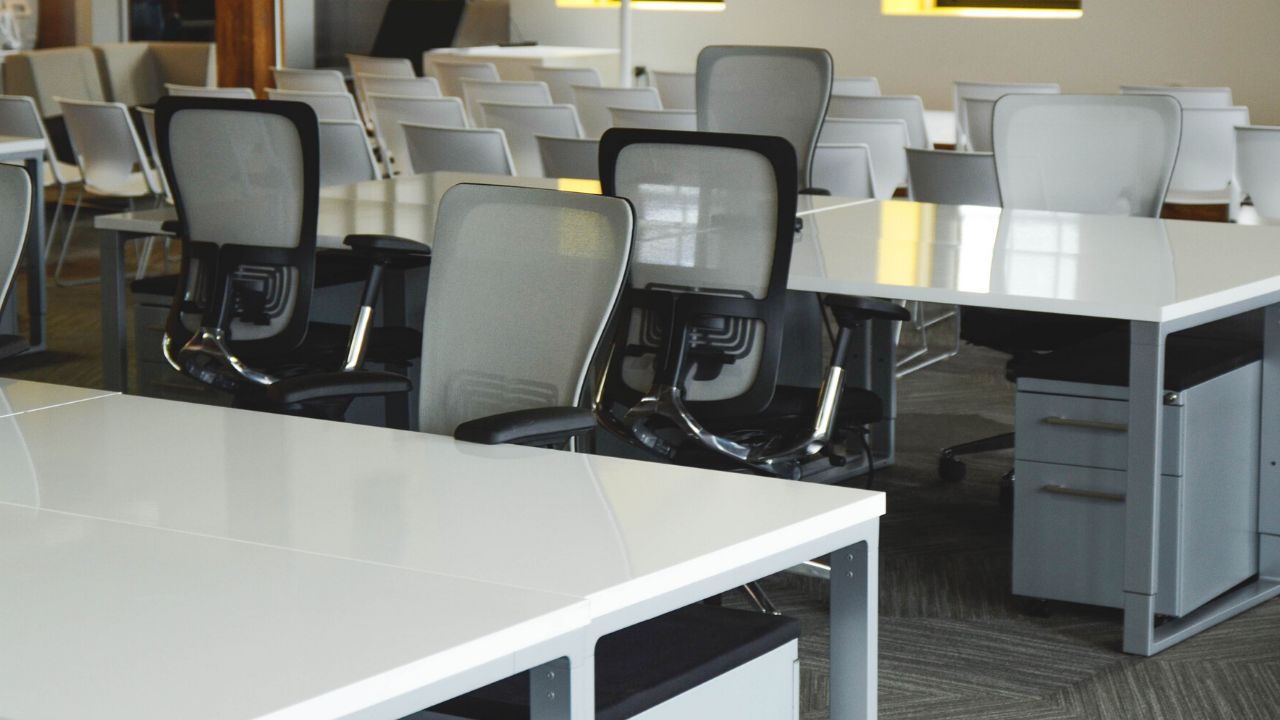India is the second-largest market for flexible workspaces in APAC, just after China, proving that the industry is booming in this area.
Coworking once started as an alternative work option for startups, freelancers and entrepreneurs, but now large and medium-sized companies are finding solace in these affordable workspaces.
Furthermore, coworking spaces have started branching out of larger cities and into tier II cities in India such as Chandigarh, Ahmedabad, Kochi, Indore and others. In fact, YourStory Research found that there are over 179 coworking spaces across Tier II and III cities.
As the industry continues to grow and evolve, challenges such as optimizing operational costs while still delivering the best experience possible can be a roadblock for some operators.
“One of the primary risks cited for all coworking players, including the large global players, is that the rental commitment to space owners is long term — over nine years — while the clients who occupy their spaces are generally for short to medium term (one month to three years). This results in capital inefficiency and demand-supply mismatch,” said Amit Ramnani, CEO of Awfis.
This sort of business model has been scrutinized, which is why some operators are opting for stronger landlord partnerships, such as Awfis’ Managed Aggregation Model (MAM).
Despite certain operational challenges, flex workspace in India continues to thrive thanks to its cheap real estate costs, affordable memberships and an evolving work culture that thrives on collaboration.

 Dr. Gleb Tsipursky – The Office Whisperer
Dr. Gleb Tsipursky – The Office Whisperer Cat Johnson – Coworking Marketing Maven
Cat Johnson – Coworking Marketing Maven Angela Howard – Culture Expert
Angela Howard – Culture Expert Drew Jones – Design & Innovation
Drew Jones – Design & Innovation Andrea Pirrotti-Dranchak – Competitive Advantage
Andrea Pirrotti-Dranchak – Competitive Advantage Jonathan Price – CRE & Flex Expert
Jonathan Price – CRE & Flex Expert Jeremy Fennema – Tech Innovation Alchemist
Jeremy Fennema – Tech Innovation Alchemist







